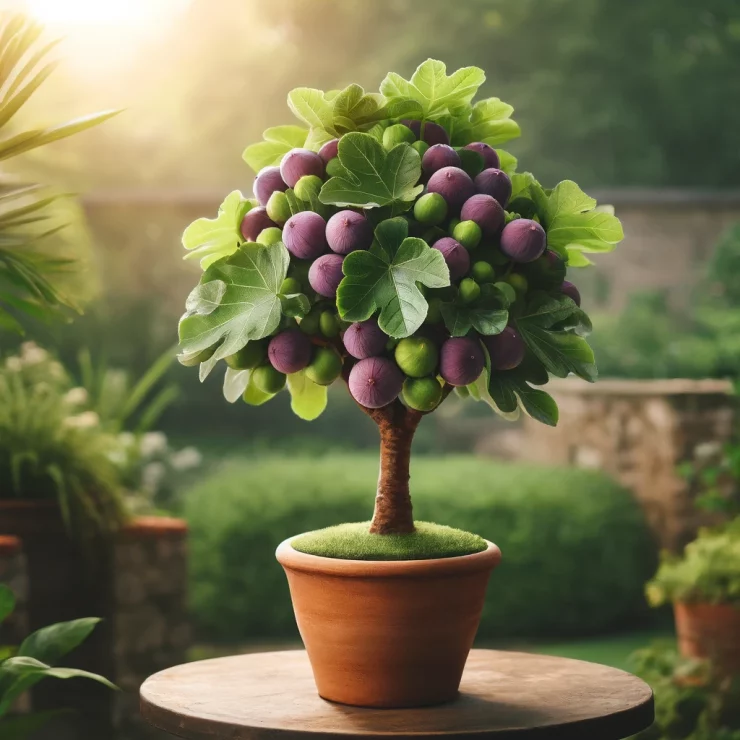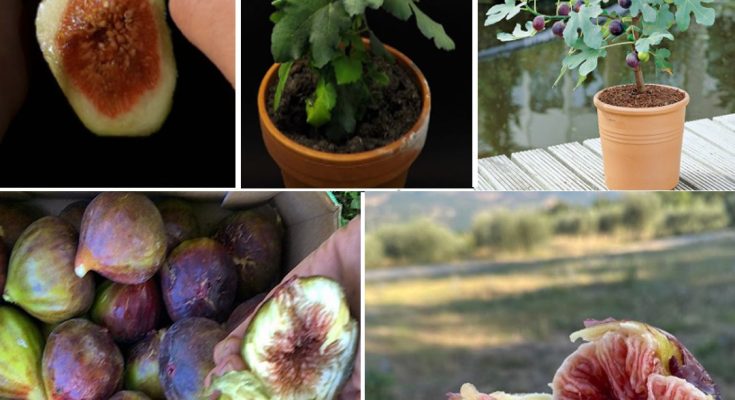
GARDENING
Expensive Fruit You Can Grow at Home in a Pot
Figs, known for their luscious sweetness and unique texture, are often considered a luxury fruit. While they can come with a hefty price tag at the grocery store, did you know that you can actually grow these delicious fruits right in your own home, even if you have limited space? With the right care and attention, fig trees can thrive in pots, providing you with a bountiful harvest of this expensive delicacy. Let’s explore how you can cultivate figs in containers and enjoy the luxury of homegrown fruit.
Choosing the Right Fig Variety
Before diving into the world of growing figs in pots, it’s essential to select the right variety for your needs. Some fig cultivars are better suited to container growing than others. Look for dwarf or compact varieties that are well-suited to confined spaces and can adapt to container life. Some popular container-friendly fig cultivars include ‘Brown Turkey,’ ‘Celeste,’ and ‘Chicago Hardy.’ These varieties are known for their adaptability and ability to thrive in pots.
Selecting the Right Container
When growing figs in pots, choosing the right container is crucial for the success of your plant. Opt for a large container with good drainage holes to prevent waterlogging, which can lead to root rot. A container with a diameter of at least 18 inches is recommended to provide ample space for root growth. Additionally, consider using a lightweight container made of materials such as plastic or fiberglass, as they are easier to move and handle, especially if you plan to bring your fig tree indoors during the colder months.
Planting and Care
Once you have selected your fig variety and container, it’s time to plant your fig tree. Here are some steps to follow:
Choose the Right Location: Place your fig tree in a sunny spot with at least 6-8 hours of sunlight per day. Figs thrive in warm, sunny conditions, so choose a location with plenty of sunlight exposure.
Use Well-Draining Soil: Fill your container with a well-draining potting mix that is rich in organic matter. Avoid heavy soils that retain water, as they can lead to root rot. A mixture of potting soil, compost, and perlite or sand works well for fig trees.
Watering: Keep the soil consistently moist but not waterlogged. Water your fig tree deeply whenever the top inch of soil feels dry to the touch. During hot summer months, you may need to water more frequently to prevent the soil from drying out.
Fertilizing: Fertilize your fig tree regularly during the growing season with a balanced fertilizer formulated for fruit-bearing plants. Follow the manufacturer’s instructions for application rates and frequency.
Pruning: Prune your fig tree annually to remove dead or diseased branches and promote new growth. Pruning is best done during the dormant season in late winter or early spring.
Protection from Frost: If you live in a region with cold winters, consider bringing your fig tree indoors or providing protection from frost during the winter months. Figs are sensitive to freezing temperatures and may need extra care to survive winter outdoors.
Harvesting Your Homegrown Figs
With proper care, your fig tree will reward you with a bountiful harvest of sweet, juicy fruit. Figs are typically ready for harvest in late summer to early fall, depending on the variety. Ripe figs will be soft to the touch and may begin to droop slightly on the tree. Simply twist the figs gently to remove them from the tree, taking care not to damage the delicate fruit.
Enjoying the Fruits of Your Labor
Growing figs in pots allows you to enjoy the luxury of homegrown fruit, even if you have limited outdoor space. Whether you snack on fresh figs straight from the tree, use them in delicious recipes, or preserve them for later enjoyment, there’s no denying the satisfaction of harvesting figs from your own backyard. With a little care and attention, you can cultivate these expensive fruits at home and savor the sweet rewards of your efforts.



